Food
Sodaburst Premade Ice Cream Soda
So much easier than 1) pouring a glass of soda and 2) scooping some ice cream into it. Completely eliminates the dreaded element of decision-making (which ice cream, which soda?).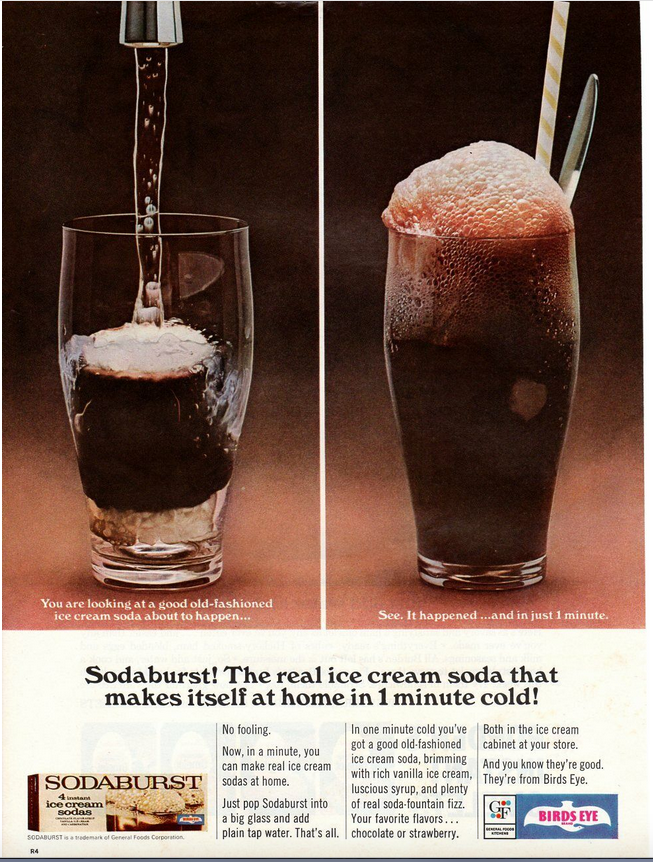
Posted By: Paul - Sun Dec 04, 2022 -
Comments (0)
Category: Food, Soda, Pop, Soft Drinks and other Non-Alcoholic Beverages, Chindogu, 1960s
Recipes on Tombstones
I've never come across this in a graveyard, but apparently some people have their favorite recipe inscribed on their tombstone. This inspires other people, such as Rosie Grant, to cook the recipes they find on tombstones. More info: The Guardian, TikTok

Posted By: Alex - Sat Dec 03, 2022 -
Comments (0)
Category: Death, Food
Grapefruit Diet Ad
"With success, comes class!"
Posted By: Paul - Sat Nov 26, 2022 -
Comments (2)
Category: Food, Fruit, Advertising, 1980s, Dieting and Weight Loss
Happy Thanksgiving 2022!
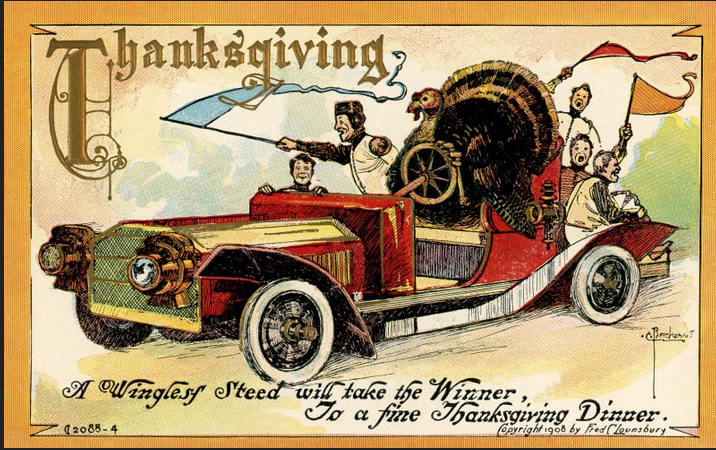
Posted By: Paul - Thu Nov 24, 2022 -
Comments (2)
Category: Anthropomorphism, Food, Holidays, 1900s, Cars
How much do you need to chew your food?
British dentist John H. Farrell spent much of his career studying the relationship between chewing and digestion. This involved repeated experiments in which he put bits of food in small, cotton-mesh bags, had subjects chew the food (or not), and then swallow it. The next step was more unpleasant:The years he spent doing this convinced him that "very little chewing is required for maximum digestion."
More info: "The effect on digestibility of methods commonly used to increase the tenderness of lean meat"
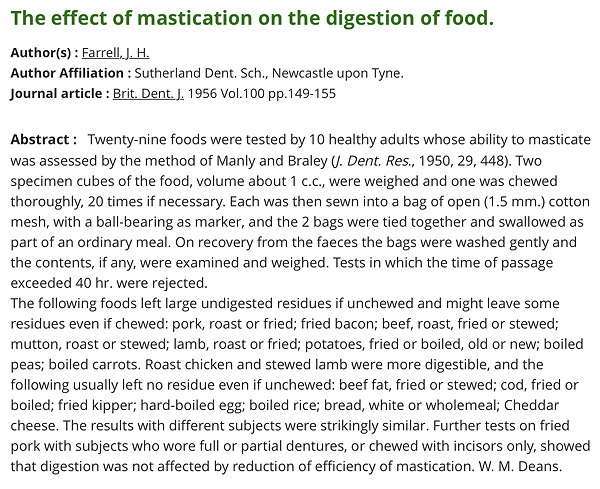

Bedford Times-Mail - Apr 17, 1964
Posted By: Alex - Mon Nov 21, 2022 -
Comments (3)
Category: Food, Experiments, Stomach, Teeth
Hot Meal Vending Machines
In 1968 (perhaps even earlier), an inventor had the notion of serving hot meals from a vending machine.

Lo and behold, today his dream is a reality. Would you sample such fare?
Posted By: Paul - Mon Nov 07, 2022 -
Comments (3)
Category: Food, Technology, 1960s, Asia
Follies of the Madmen #545
Sleepwear for hungry insomniacs.Several others in this series here.

Posted By: Paul - Fri Oct 28, 2022 -
Comments (6)
Category: Fashion, Food, Sleep and Dreams, Advertising, Twentieth Century
Stealing a Dinner
Posted By: Paul - Sat Oct 15, 2022 -
Comments (2)
Category: Death, Food, Cats, Dogs, 1900s, Weapons
Cheese Problems Solved
If you've got cheese problems, this is the book you need.More info: Science Direct

Posted By: Alex - Wed Oct 12, 2022 -
Comments (5)
Category: Food, Books
Follies of the Madmen #543
Wonder Bread gets you sex.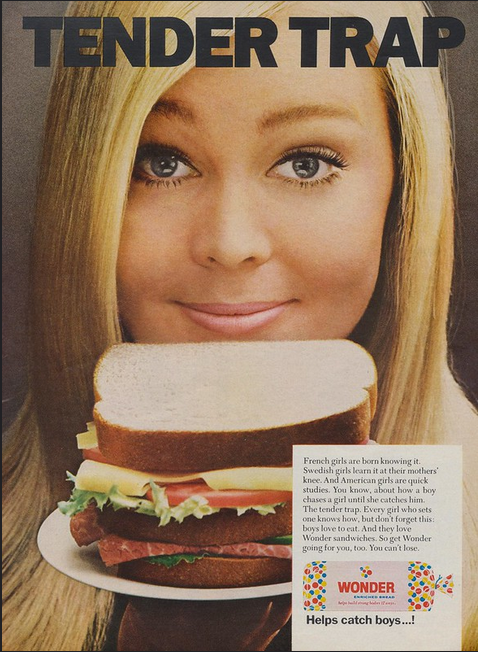
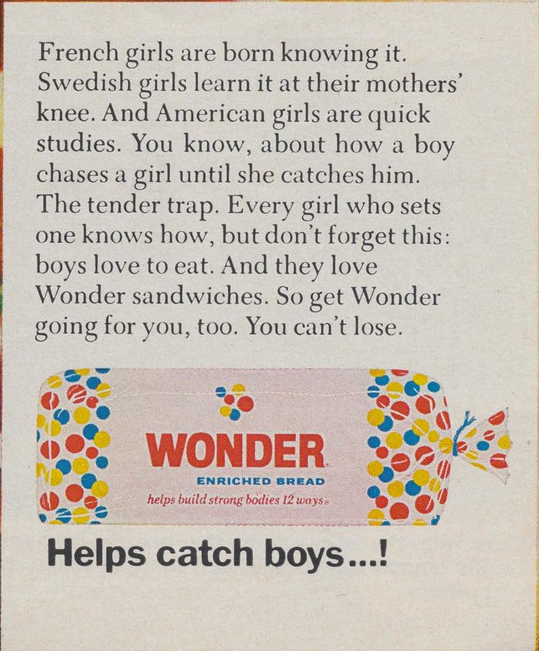
Posted By: Paul - Tue Oct 11, 2022 -
Comments (3)
Category: Food, Advertising, Twentieth Century, Sex

| Who We Are |
|---|
| Alex Boese Alex is the creator and curator of the Museum of Hoaxes. He's also the author of various weird, non-fiction, science-themed books such as Elephants on Acid and Psychedelic Apes. Paul Di Filippo Paul has been paid to put weird ideas into fictional form for over thirty years, in his career as a noted science fiction writer. He has recently begun blogging on many curious topics with three fellow writers at The Inferior 4+1. Contact Us |




